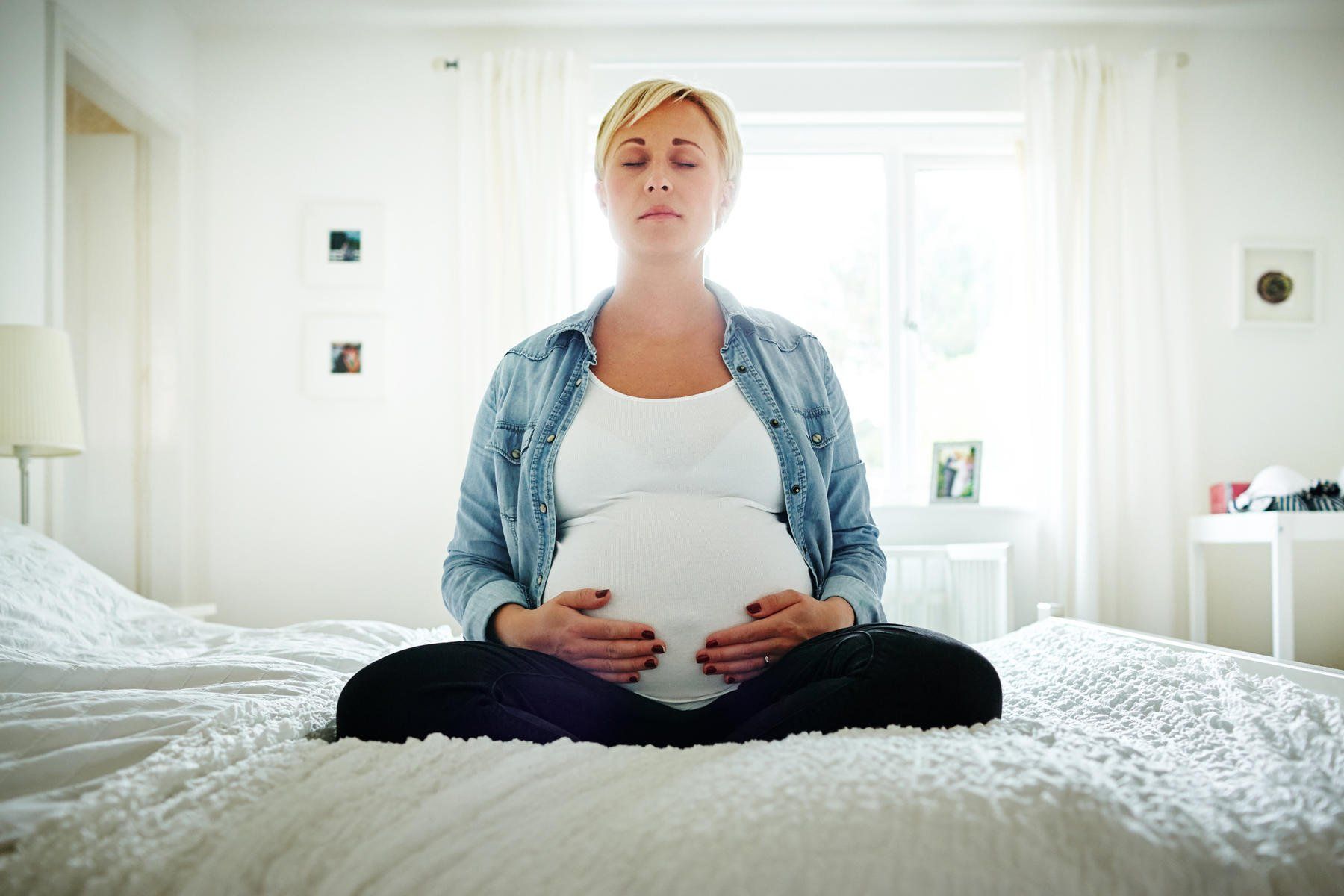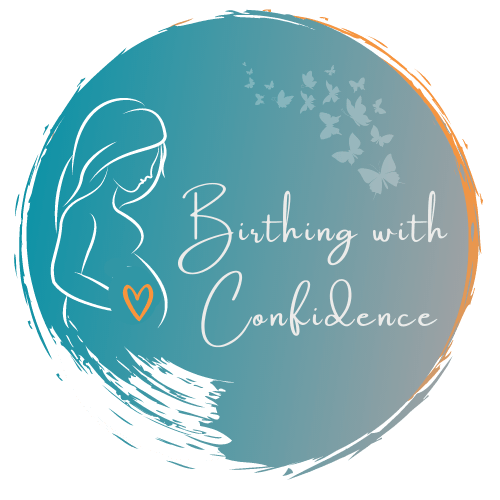Blog

I am sure by now you have heard about Hypnobirthing! And as a practising community midwife I profess bias towards it having had the honour of teaching it and equally having the honour of observing hundreds of Mothers labouring calmly and confidently. Enabling birth to be a positive experience is the goal here. Hypnobirthing is an amazing preparation programme to help support you and your partner through the rollercoaster of pregnancy and birth. It is a series of classes, usually over a couple of weeks and teaches Mothers and partners to think differently about birth and change their reactions and behaviours as a result using NLP techniques. 'When you change the way you view birth, the way you birth will change’ Marie Mongan Hypnobirthing-the Mongan method. The key to achieving this is the practice of Hypnobirthing techniques which releases fear, stress and worry. It involves listening to audios, training your mind to relax, using creative visualisations and reading supportive reading. It involves regularly practising relaxation, and going deeper, fear releasing with some women find using ‘glove anaesthesia’ technique very effective in replacing tension with relaxation during labour. With the right guidance and support you can choose which techniques suit you or resonate with you the best. Partners play a part and are guided how to support the birthing mother during labour. During a Hypnobirthing course a woman learns to believe that birth is normal. She releases any negative thoughts or emotions and trusts that her body knows how to birth her baby in the calm and gentle way that nature unintended. Unfortunately modern society exposes us to a lot of mixed messages, to a lot of frightening and traumatic images. These images can be from, TV, Hollywood movies, media, social media, from friends or indeed even from parents which ultimately triggers worry and anxiety which is the opposite way you want your hormones operating! Understanding how to hack you happy hormones, how to create balance and space in your amazing pelvis all help support the neural /hormonal components required for birth. Hypnobirthing is not just about women looking for a natural birth but can be utilised as a complementary coping strategy by all women whatever way their birthing pathway goes, be it a Caesarean section birth or an instrumental birth. It’s about feeling calm, confident and in control and enjoying the experience even if you using an epidural or Entonox( gas). Mothers are educated about how the maternity system operates, the different birthing outcomes, visions of possibilities of how and why birth can go down a certain route. Understanding how to navigate the maternity system is crucial. Hypnobirthing is not just about trying to have an unmedicated birth but it is about reclaiming control around the individualised choices you make for your pregnancy, labour and birth. Hypnobirthing provides you with the tools for an empowering confident birth so that you can look forward to having that positive birthing experience no matter what way your baby presents! References on request

So you like the idea of a deeply relaxed and gentle birth? But what does a gentle birth really mean and can it be left to chance? Having a gentle birth implies that you want your baby to be born safely, gently and easily into this world. This means you being respected and supported in your pregnancy choices and having a respectful partnership of care between you and your midwife or obstetrician. Having access to accurate information to make informed decisions during pregnancy and the labour process is essential. So that puts the onus on Mother and partner to become as educated as possible and the best antenatal independent preparation courses I feel is Hypnobirthing. #hypnobirthingireland #hypnobirthingdublin Now I am biased as I have been teaching this incredible method of teaching for the last 10 years combining effective breathwork, CBT (cognitive behavioural therapy) NLP (Neuro linguistic programming) and mindfulness techniques. I have seen the positive effects of Hypnobirthing in my work as a community midwife. Hypnobirthing teaches a Mother how to condition her body to relax and why. Research tells us that the more relaxed a mother is the easier her labour will be. Hypnobirthing language is gentle, positive and soft ie “Mind and body working together in harmony…every surge brings my baby closer to me....”. Mothers get to know and trust their internal world. Hypnobirthing offers effective hypnotherapy techniques and coping strategies and after attending a series of classes and practiced every day, mothers feel different, feeling more excited and ready to meet their new babies. However Hypnobirthing education also teaches a mother how to negotiate with her chosen hospital in how her labour is managed. This information is indispensable. All hospitals have their own guidelines based loosely around the NICE Guidelines and each hospital does their own thing and that’s a blog in itself! All hospitals offer different models of pregnancy care ie midwifery led care clinics, early discharge, homebirth options which have been measured in data to support physiological birth as described as the ‘supported physiological pathway’ of the National Maternity Strategy (2016). https://www.gov.ie/en/publication/0ac5a8-national-maternity-strategy-creating-a-better-future-together-2016-2/ . So researching a model of care that best suits your philosophy can take a bit of planning and research. The consumer guide to maternity services in Ireland is a great resource to start researching from before you choose your hospital. http://www.bump2babe.ie/ The Coombe Antenatal Classes are very progressive in looking at comfort measures to support labouring women and in particular hydrotherapy and water immersion in labour. Each labouring room in the Coombe has its own ensuite bathroom while the vast majority of hospitals in Ireland do not. I would presume that would be important to you? These are good questions to ask too. On another note the Coombe has just published important research on the safety and the gentleness of water birth and water immersion. https://bmjopen.bmj.com/content/10/12/e038080 The National Maternity Hospital Holles St equally promote comfort measures in their antenatal classes and have a robust domino scheme which promotes early discharge and homebirth primarily for women in South County Dublin. They have just opened up a new comfortable pool room which takes the emphasis off the medicalised look and has soft murals and supports for the birthing Mother. Mullingar Regional hospital too have opened up a ‘serenity suite’ promoting again a more holistic approach for birthing mothers in the midlands. So my advice to any woman who are looking for a gentle birth is not to leave it to chance and to research research research and find out what resonates with you. The choices you make ante-natally will have a huge effect on the type of birth you have. If you require any further advice or information please contact me as I am always happy to chat. Wishing you all the best for your celebration of birth. #naturalbirthcanbepainfree Brenda xx www.birthingwithconfidence.ie Community Midwife, Hypnotherapist, Hypnobirthing teacher and Lactation consultant (IBCLC) Instagram Brenda_communitymidwife References on request

Mindfulness is the awareness that emerges when we learn to pay deliberate and open hearted attention to moment by moment unfolding of the external and internal world. (William et al, 2007). Mindfulness in essence is the practice of focus, of spending less time in ‘auto-pilot’ and instead paying attention to what we are doing, feeling and experiencing. It is looking after ourselves better and enjoying the richness that life offers moment by moment. With Mindfulness a person learns how to cultivate an awareness of the moment.. moment by moment and letting each moment go, observing that moment with open curiosity, equanimity and acceptance , using a non-judgemental awareness of thoughts, feelings and body sensations as they come and go. We can cultivate this through repeated practice. The moment that you have noticed your mind has wandered is a mindful moment . You might have many of those moments starting off! so congratulate yourself and compassionately and gently direct your awareness back to your breath. These states of mindfulness have been proven to diminish your relationship/ subjective experience of pain. Findings consistent with patients experiencing pain is to simply ‘let go’ by realising that its only momentary and fleeting and they did not have to react to something that was essentially over. The experience of pain hence is less all absorbing as less likely to trigger negative emotional responses that intensify pain. . Hence it is very useful for labour sensations/pain, not only conserving your energy but getting you into that necessary ‘zone’ easier and quicker. Mindfulness-based pain management uses ancient meditations that were largely unknown in the west until recently. We cultivate mindfulness through the breath. A typical meditation involves focusing on the breath as it flows into and out of the body using our five senses and develop skills to help navigate the unchartered waters that lie ahead with more joy, awareness, calm and wisdom. This allows you to see your mind and body in action, to observe painful sensations as they arise and to let go of struggling with them. Mindfulness teaches you that pain naturally waxes and wanes. You gently learn to observe it, rather than be caught up in it, and when you do so, something remarkable happens: it begins to melt away of its own accord Lots of pain clinical trials show that mindfulness can be as effective as the main prescription painkillers and some studies have shown it to be as powerful as morphine. Imaging studies show that it soothes the brain patterns underlying pain and over time these changes take root and alter the structure of the brain itself so that you no longer feel pain with the same intensity hence the interpretation of pain is reduced. Mindfulness allows for greater activation of the Anterior Cingulate Cortex which has been found to stimulate induced analgesia…repeated use found to control pain and control and regulate emotional response. (Fadel Zeidan 2015 Journal of neuro science). Mindfulness is proven to deactivate the Thalmus gland a brain region deep in the brain critical in the transmission of pain from the body to the brain. In fact no information apart from the sensation of smell can get through the brain without going through the Thalmus! So the Thalmus is seen as the gateway to pain and mindfulness seems to close the gate- from allowing the elaboration of pain to go throughout the cortex. So another very good reason to practice mindfulness. There are many peer- reviewed scientific papers that prove that mindfulness reduces pain, enhances mental and physical wellbeing and helps people deal with the stresses and strains of daily life. -Mindfulness can dramatically reduce pain and the emotional reaction to it. Recent trials suggest that average pain ‘unpleasantness’ levels can be reduced by 57% while accomplished meditators report reductions of up to 93%. (Zeidan F, Martucci, K. 2011 ‘Brain mechanisms supporting the modulation of pain by Mindfulness Meditation’, journal of neuroscience, 31(14), p5540. ) -Mindfulness is a potent antidote to anxiety, stress, depression, exhaustion and irritability. -Meditation improves heart and circulatory health by reducing blood pressure and lowering the risk of hypertension. ‘Mindfulness for Health, a practical guide to relieving pain, reducing stress and restoring wellbeing by Vidyamala Burch and Danny Penman. Mindfullness is very different to Hypnobirthing but in current times the two are talked about as likened to each other. They most definitely are not. Hypnobirthing foremost allows us to get rid of any fears or worries through hypnosis and fear releasing that could physiologically trigger stress hormones therby causing pain. Hypnosis is all about the doing part in the mind preparation of birth knowing that you can do it, that you are confident for it and that your body is superbly designed for it. Mindfulness is observing what is happening in a non judgemental and curious manner during the birth process using the five senses. Observing the differing sensations, the moment_ to_ moment sensations as they wax and wane as waves/surges, therby enabling you to drop in to a deeper state of comfort in your mind as nature intended. When you connect with these sensations and see them for what they are … something remarkable happens.. they do become comfortable and go away allowing for a gentle more comfortable birth. They co exist beautifully and each for their own reasons. For more information on Mindfulness and Hypnobirthing please contact Brenda at birthingwithconfidence@gmail.com
